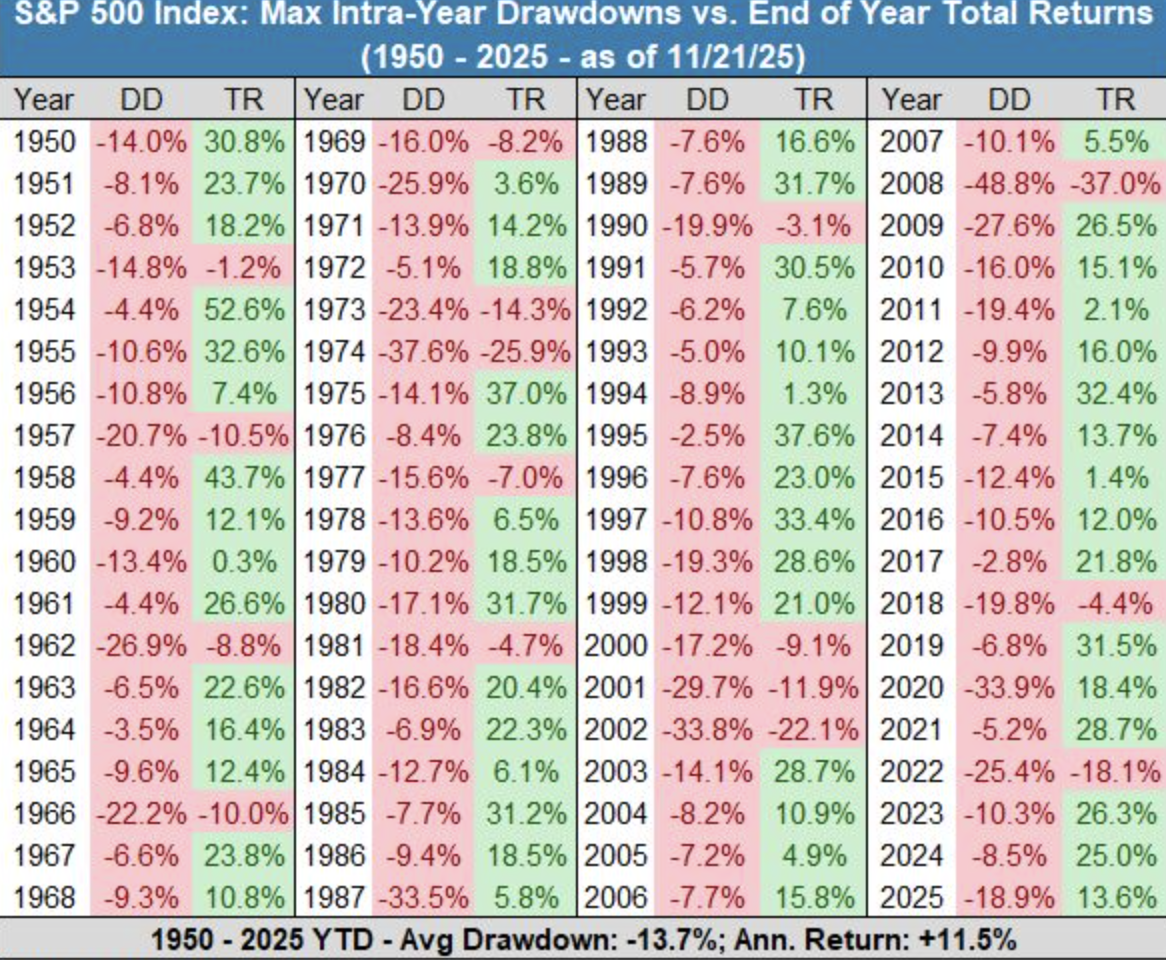Why Your Roth IRA Strategy Matters More Than You Think
At MOKAN Wealth, we see firsthand how proper Roth IRA management can dramatically improve retirement outcomes. Unfortunately, many retirees and pre-retirees aren’t fully leveraging this powerful tax-free growth vehicle.
Below, we explore five common Roth IRA mistakes that could quietly undermine your retirement goals and how to fix them before it’s too late.
Mistake #1: Holding Bonds in Your Roth
This is one of the most expensive mistakes we see, especially for those with $1–10 million in retirement savings who are actively making Roth contributions or conversions.
Your Roth IRA should be home to investments with the highest growth potential because that growth is tax-free forever.
When your Roth holds conservative investments like bonds or target-date funds, you’re wasting one of your most valuable tax shelters. Bonds belong in pre-tax accounts like traditional IRAs or 401(k)s.
Real-Life Example:
Stacy, 55, had $1.8 million split between her Roth and traditional 401(k). She maxed her Roth contributions and did conversions, but invested her Roth in a 2035 target-date fund with 40–45% in bonds. Over the last five years, this conservative choice severely underperformed, limiting her tax-free growth.
The Fix:
Save your Roth space for growth-oriented investments like stocks. Keep lower-growth, income-focused holdings in pre-tax accounts.
Mistake #2: Thinking You Make Too Much to Use a Roth
High income doesn’t mean Roth strategies are off the table. Two powerful approaches can get money into a Roth even if you’re phased out of direct contributions:
Backdoor Roth IRA – Make a nondeductible contribution to a traditional IRA, then convert it to Roth. Works best if you don’t have other pre-tax IRA balances to avoid the pro-rata rule.
Mega Backdoor Roth – If your 401(k) plan allows it, contribute after-tax dollars above the normal limit, then convert to Roth. This can move $20,000–$40,000+ per year into tax-free growth.
Real-Life Example:
Dave, 52, earns $300,000 a year and has all retirement savings in his 401(k). He contributes $8,000 to a nondeductible IRA and converts it the next day, stacking $8,000 into his Roth annually, completely above income limits.
The Fix:
If your advisor hasn’t discussed these strategies, you may be missing one of the best Roth opportunities available to high earners.
Mistake #3: Letting Your Roth Sit on the Sideline
Opening a Roth and making contributions is just step one. You still need to invest the money.
Too often, we see Roth accounts sitting in cash, money markets, or short-term holdings after a contribution or conversion. Every day your Roth sits uninvested is a day of lost tax-free growth you’ll never get back.
The Fix:
If this is long-term money (and it should be), invest it accordingly. Allocate it like a long-term growth account, not a savings account.
Mistake #4: Thinking Roth Money Is Locked Up
Many people avoid Roth contributions or conversions because they believe the money is inaccessible until retirement. In reality, Roth distribution rules provide far more flexibility:
- Contributions can be withdrawn anytime, tax and penalty-free.
- Conversions can be withdrawn tax and penalty-free after five years or age 59½, whichever comes first.
- Earnings come out last and may be taxable or penalized if withdrawn before meeting age and time requirements.
Real-Life Example:
Tim (59) and Sally (57) converted $680,000 into their Roth over four years. When they retire next year, they’ll have access to about $600,000 of converted dollars tax-free, allowing them to bridge income needs, keep taxable income low, and qualify for affordable health care before Medicare kicks in.
The Fix:
Learn the withdrawal rules. Roth dollars can be a powerful tool for early retirement and tax bracket control.
Mistake #5: Treating Your Roth Like a Side Account
Your Roth shouldn’t be an afterthought or just “for the kids.” Used strategically, it’s central to controlling taxes, Medicare premiums, and RMDs in retirement.
Smart retirees use their Roth accounts to:
- Provide tax-free income in early retirement
- Manage tax brackets strategically
- Reduce Required Minimum Distributions (RMDs)
- Lower IRMAA Medicare premiums
- Avoid selling investments during market downturns
Real-Life Example:
In 2022, when markets dropped, our client Scott used Roth dollars to cover expenses. This prevented him from selling more IRA shares at a loss and gave his portfolio time to recover.
The Fix:
Integrate your Roth into your overall retirement income plan. It’s not just a bonus account, it’s a core planning tool.
Taking Action: Next Steps for Your Retirement Plan
The Roth IRA is one of the most powerful retirement tools available, but only when used correctly.
The Roth isn’t just a tax shelter. It’s a long-term planning tool that can transform your retirement when used strategically.
Ready for a tax-smart retirement plan?
Click the “See if We’re a Fit” button to get started.
Disclaimer:
You should always consult a financial, tax, or legal professional familiar with your unique circumstances before making any financial decisions. This video is intended for educational purposes only. Nothing in this video constitutes a solicitation for the sale or purchase of any securities. Any mentioned rates of return are historical or hypothetical in nature and are not a guarantee of future returns. Past performance does not guarantee future performance. Future returns may be lower or higher. Investments involve risk. Investment values will fluctuate with market conditions, and security positions, when sold, may be worth less or more than their original cost. MOKAN Wealth Management is a registered investment adviser with the SEC. Registration of an investment adviser does not imply a certain level of skill or training.






